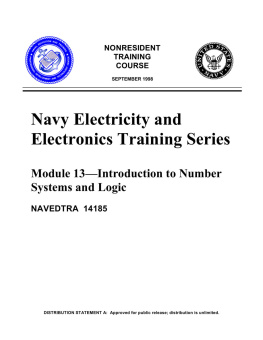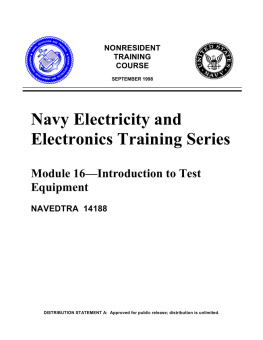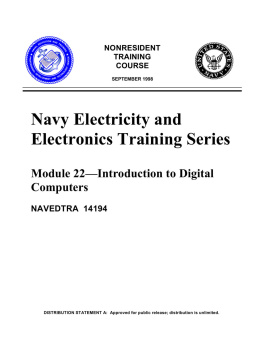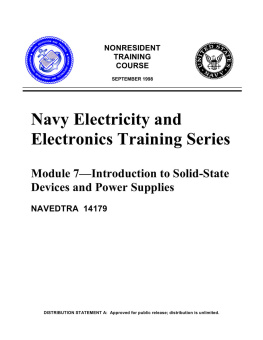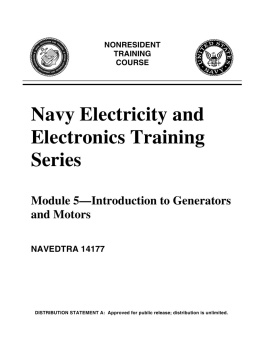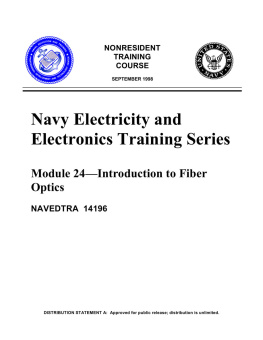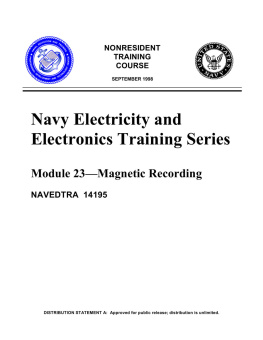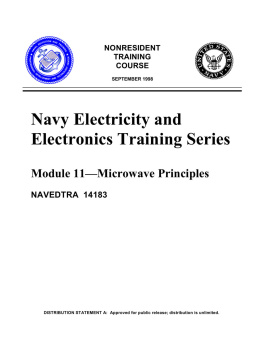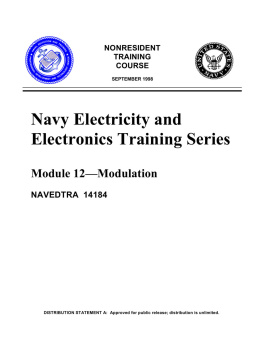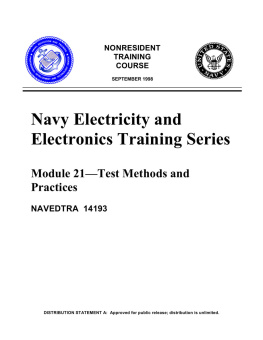Naval Education - Master Glossary
Here you can read online Naval Education - Master Glossary full text of the book (entire story) in english for free. Download pdf and epub, get meaning, cover and reviews about this ebook. publisher: Naval Education & Training Professional Development & Technology Center, genre: Computer. Description of the work, (preface) as well as reviews are available. Best literature library LitArk.com created for fans of good reading and offers a wide selection of genres:
Romance novel
Science fiction
Adventure
Detective
Science
History
Home and family
Prose
Art
Politics
Computer
Non-fiction
Religion
Business
Children
Humor
Choose a favorite category and find really read worthwhile books. Enjoy immersion in the world of imagination, feel the emotions of the characters or learn something new for yourself, make an fascinating discovery.
- Book:Master Glossary
- Author:
- Publisher:Naval Education & Training Professional Development & Technology Center
- Genre:
- Rating:5 / 5
- Favourites:Add to favourites
- Your mark:
- 100
- 1
- 2
- 3
- 4
- 5
Master Glossary: summary, description and annotation
We offer to read an annotation, description, summary or preface (depends on what the author of the book "Master Glossary" wrote himself). If you haven't found the necessary information about the book — write in the comments, we will try to find it.
Master Glossary — read online for free the complete book (whole text) full work
Below is the text of the book, divided by pages. System saving the place of the last page read, allows you to conveniently read the book "Master Glossary" online for free, without having to search again every time where you left off. Put a bookmark, and you can go to the page where you finished reading at any time.
Font size:
Interval:
Bookmark:
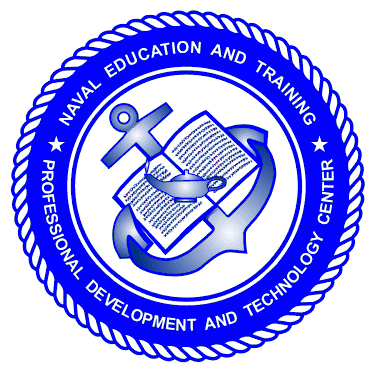
SPECIAL PUBLICATION
September 1998
Navy Electricity and
Electronics Training Series
Module 20Master Glossary
NAVEDTRA 14192
DISTRIBUTION STATEMENT A: Approved for public release; distribution is unlimited.
Although the words he, him, and
his are used sparingly in this course to
enhance communication, they are not
intended to be gender driven or to affront or
discriminate against anyone.
DISTRIBUTION STATEMENT A: Approved for public release; distribution is unlimited.
PREFACE
Special Publications (SPs) are manuals or catalogs that provide information of general benefit and career development. SPs have no associated assignments or tests.
NEETS Module 20Master Glossary presents the combined glossaries from modules 1-18, the primary texts in the NEETS series. Definitions of terms used in NEETS are presented. Numbers in parenthesis ( ) indicate more than one definition for the same term. Numbers in brackets [ ] indicate the module number in which more information about the term may be found.
This SP is available ONLY in electronic Portable Document Format from the following web site: https://www.advancement.cnet.navy.mil
Refer questions about this SP to:
E-mail: n315.products@cnet.navy.mil
Phone:
Comm: (850) 452-1001, ext. 1728
DSN: 922-1001, ext. 1728/1809
FAX: (850) 452-1370
Address: COMMANDING
OFFICER
NETPDTC
N315
6490 SAUFLEY FIELD ROAD
PENSACOLA FL 32509-5237
1998 Edition Prepared by
FTCM Gilbert J. Cote
Reissued November 2001 to correct
minor discrepancies or update
information. No significant changes
have been made to content.
Published by
NAVAL EDUCATION AND TRAINING
PROFESSIONAL DEVELOPMENT
AND TECHNOLOGY CENTER
i
Sailors Creed
I am a United States Sailor.
I will support and defend the
Constitution of the United States of
America and I will obey the orders
of those appointed over me.
I represent the fighting spirit of the
Navy and those who have gone
before me to defend freedom and
democracy around the world.
I proudly serve my countrys Navy
combat team with honor, courage
and commitment.
I am committed to excellence and
the fair treatment of all.
ii
TABLE OF CONTENTS
CHAPTER PAGE
1. Master Glossary of Terms
1-1
iii
NAVY ELECTRICITY AND ELECTRONICS TRAINING
SERIES
The Navy Electricity and Electronics Training Series (NEETS) was developed for use by personnel in many electrical- and electronic-related Navy ratings. Written by, and with the advice of, senior technicians in these ratings, this series provides beginners with fundamental electrical and electronic concepts through self-study. The presentation of this series is not oriented to any specific rating structure, but is divided into modules containing related information organized into traditional paths of instruction.
The series is designed to give small amounts of information that can be easily digested before advancing further into the more complex material. For a student just becoming acquainted with electricity or electronics, it is highly recommended that the modules be studied in their suggested sequence. While there is a listing of NEETS by module title, the following brief descriptions give a quick overview of how the individual modules flow together.
Module 1,Introduction to Matter, Energy, and Direct Current, introduces the course with a short history of electricity and electronics and proceeds into the characteristics of matter, energy, and direct current (dc). It also describes some of the general safety precautions and first-aid procedures that should be common knowledge for a person working in the field of electricity. Related safety hints are located throughout the rest of the series, as well.
Module 2,Introduction to Alternating Current andTransformers, is an introduction to alternating current (ac) and transformers, including basic ac theory and fundamentals of electromagnetism, inductance, capacitance, impedance, and transformers.
Module 3,Introduction to Circuit Protection, Control, and Measurement, encompasses circuit breakers, fuses, and current limiters used in circuit protection, as well as the theory and use of meters as electrical measuring devices.
Module 4,Introduction to Electrical Conductors, Wiring Techniques, and Schematic Reading, presents conductor usage, insulation used as wire covering, splicing, termination of wiring, soldering, and reading electrical wiring diagrams.
Module 5,Introduction to Generators and Motors, is an introduction to generators and motors, and covers the uses of ac and dc generators and motors in the conversion of electrical and mechanical energies.
Module 6,Introduction to Electronic Emission, Tubes, and Power Supplies, ties the first five modules together in an introduction to vacuum tubes and vacuum-tube power supplies.
Module 7, Introduction to Solid-State Devices and Power Supplies, is similar to module 6, but it is in reference to solid-state devices.
Module 8,Introduction to Amplifiers, covers amplifiers.
Module 9,Introduction to Wave-Generation and Wave-Shaping Circuits, discusses wave generation and wave-shaping circuits.
Module 10,Introduction to Wave Propagation, Transmission Lines, and Antennas, presents the characteristics of wave propagation, transmission lines, and antennas.
iv
Module 11,Microwave Principles, explains microwave oscillators, amplifiers, and waveguides.
Module 12,Modulation Principles, discusses the principles of modulation.
Module 13,Introduction to Number Systems and Logic Circuits, presents the fundamental concepts of number systems, Boolean algebra, and logic circuits, all of which pertain to digital computers.
Module 14,Introduction to Microelectronics, covers microelectronics technology and miniature and microminiature circuit repair.
Module 15,Principles of Synchros, Servos, and Gyros, provides the basic principles, operations, functions, and applications of synchro, servo, and gyro mechanisms.
Module 16,Introduction to Test Equipment, is an introduction to some of the more commonly used test equipments and their applications.
Module 17,Radio-Frequency Communications Principles, presents the fundamentals of a radio-frequency communications system.
Module 18,Radar Principles, covers the fundamentals of a radar system.
Module 19,The Technician's Handbook, is a handy reference of commonly used general information, such as electrical and electronic formulas, color coding, and naval supply system data.
Module 20,Master Glossary, is the glossary of terms for the series.
Module 21,Test Methods and Practices, describes basic test methods and practices.
Module 22,Introduction to Digital Computers, is an introduction to digital computers.
Module 23,Magnetic Recording, is an introduction to the use and maintenance of magnetic recorders and the concepts of recording on magnetic tape and disks.
Module 24,
Next pageFont size:
Interval:
Bookmark:
Similar books «Master Glossary»
Look at similar books to Master Glossary. We have selected literature similar in name and meaning in the hope of providing readers with more options to find new, interesting, not yet read works.
Discussion, reviews of the book Master Glossary and just readers' own opinions. Leave your comments, write what you think about the work, its meaning or the main characters. Specify what exactly you liked and what you didn't like, and why you think so.


